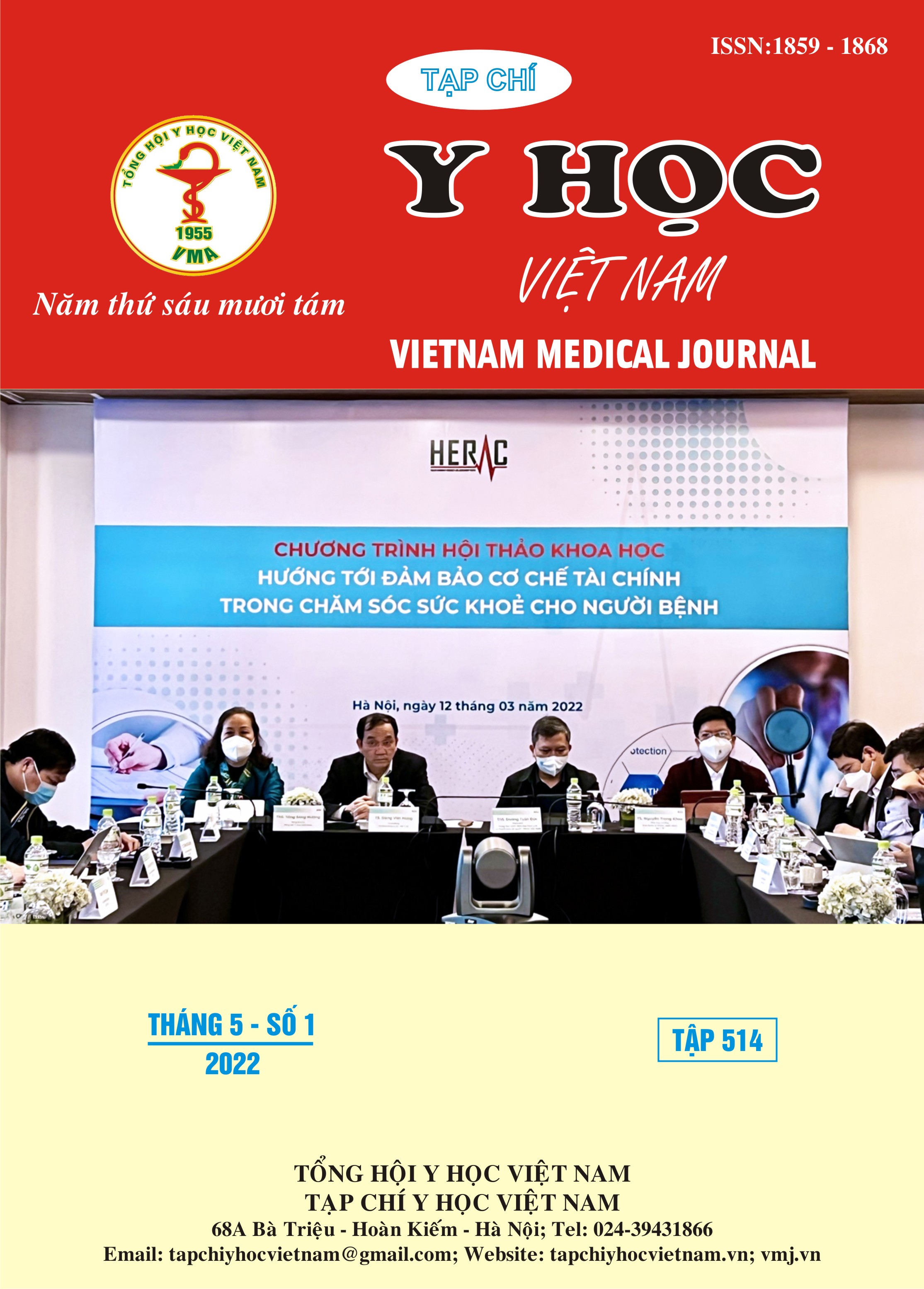SỬ DỤNG BÓNG ĐỐI XUNG ĐỘNG MẠCH CHỦ HỖ TRỢ CAN THIỆP THÂN CHUNG ĐỘNG MẠCH VÀNH TRÁI QUA DA: BÁO CÁO CA LÂM SÀNG
Nội dung chính của bài viết
Tóm tắt
Can thiệp động mạch vành qua da (Percutaneous coronary interventions – PCI) là phương pháp được tiến hành ngày càng rộng rãi, mang lại hiệu quả cao trong điều trị bệnh lý động mạch vành (ĐMV). Ngày nay, PCI thực hiện ở nhiều trường hợp bệnh nhân nguy cơ cao, đặc biệt là tổn thương thân chung ĐMV trái. Quá trình can thiệp nhóm đối tượng này luôn tiềm ẩn nguy cơ suy sụp huyết động cấp tính. Các thiết bị hỗ trợ tuần hoàn cơ học ngắn hạn trong quá trình PCI cho thấy hiệu quả hỗ trợ huyết động tốt, trong đó có bóng đối xung động mạch chủ (Intra Aortic Balloon Pump – IABP). Chúng tôi báo cáo trường hợp lâm sàng bệnh nhân nhồi máu cơ tim cấp với tổn thương nặng thân chung ĐMV trái. Dưới sự hỗ trợ của IABP, quá trình can thiệp được diễn ra an toàn, thuận lợi. Như vậy, IABP có thể xem xét là một phương thức hỗ trợ tuần hoàn cơ học với các bệnh nhân can thiệp ĐMV nguy cơ cao, trong đó có tổn thương thân chung ĐMV trái.
Chi tiết bài viết
Từ khóa
Bóng đối xung động mạch chủ, can thiệp thân chung động mạch vành trái
Tài liệu tham khảo
2. Rihal CS, Naidu SS, Givertz MM, et al. 2015 SCAI/ACC/HFSA/STS Clinical Expert Consensus Statement on the Use of Percutaneous Mechanical Circulatory Support Devices in Cardiovascular Care: Endorsed by the American Heart Assocation, the Cardiological Society of India, and Sociedad Latino Americana de Cardiologia Intervencion; Affirmation of Value by the Canadian Association of Interventional Cardiology-Association Canadienne de Cardiologie d’intervention. J Am Coll Cardiol. 2015;65(19): e7-e26.
3. Bolooki H. Clinical Application of Intra-Aortic Balloon Pump. In: The Intra-Aortic Balloon Pump. 1998: 65-209.
4. Ferguson JJ, Cohen M, Freedman RJ, et al. The current practice of intra-aortic balloon counterpulsation: results from the Benchmark registry. J Am Coll Cardiol. 2001; 38:1456.
5. Cheng JM, van Leeuwen MAH, de Boer SPM, et al. Impact of intra-aortic balloon pump support initiated before versus after primary percutaneous coronary intervention in patients with cardiogenic shock from acute myocardial infarction. Int J Cardiol. 2013;168(4):3758 3763.
6. Wallace TW, Berger JS, Wang A, Velazquez EJ, Brown DL. Impact of left ventricular dysfunction on hospital mortality among patients undergoing elective percutaneous coronary intervention. Am J Cardiol. 2009;103(3):355-360.
7. Thiele H, Ohman EM, Desch S, Eitel I, de Waha S. Management of cardiogenic shock. Eur Heart J. 2015;36(20):1223-1230.
8. Garry BP, Bivens HE. The Seldinger technique. J Cardiothorac Anesth. 1988;2(3):403.
9. Akyurekli Y, Taichman GC, Keon WJ. Effectiveness of intra-aortic balloon counterpulsation on systolic unloading. Can J Surg J Can Chir. 1980;23(2):122-126.
10. Trần Duy Anh, Nguyễn Thị Quý. Tổng quan về bóng đối xung nội động mạch chủ. Y học thực hành (835-836). 2012.


